
Insights, resources & tips for leaders and teams.
Culture change doesn’t happen overnight. It’s built through daily actions, consistent communication and small behaviour shifts that add up over time.
This article explores how to embed culture across the employee lifecycle, from recruitment and onboarding to communication, recognition and performance management, so it becomes part of everyday working life.
Culture isn’t built by pizza Fridays and team activity days. It’s created through shared purpose, lived values and tangible behaviours that shape how people work together every day.
This article explores how to co-create culture with your team, defining what you stand for, how you behave, and the small rituals and stories that build belonging.
Culture is built on belonging. When people feel valued, connected and part of something bigger, they give their best energy. But culture can drift or turn toxic when what’s said no longer matches what’s done.
This article explores how to recognise when culture needs attention, and five practical steps leaders can take to rebuild trust, connection and performance.
Change doesn’t just rely on leaders - it happens through teams.
This third and final article in the Rethinking Change series explores how teams can take shared ownership of change by connecting to purpose, working together effectively, and staying resilient through uncertainty.
When teams lead change collectively, they build stronger relationships, greater trust and lasting results.
For managers and leaders, the challenge isn’t just delivering change; it’s helping people stay steady and engaged while everything moves around them.
This article shares six practical, people-first tools to help you lead change confidently keeping communication open, morale strong and progress visible.
When we think about managing change, it’s we often focus on the practical process: the plans, the steps, the models.
But change is about people and rarely succeeds when we forget the human side. This article explores how to lead people through change, and how to deal with resistance or change fatigue
Practical ways to build and embed psychological safety make learning, listening, and speaking up part of everyday team life in hybrid, remote, or in-person teams.
Leaders set the tone for how safe people feel to speak up. This article explores the everyday actions that build or quietly erode psychological safety in teams.
Psychological safety is the foundation for great teamwork where people feel safe to speak up, share ideas, and learn from mistakes without fear.
A team charter is a simple but powerful tool to align your team. This step-by-step guide shows you how to create one with practical prompts and a one-page template.
A team charter is a simple and powerful way for teams to align behind their shared purpose, goals and roles and co-create ways of working together.
Also known as a team agreement, team contract, or team alliance, this article explores what it is and why you need one.
“As machines get better at being machines, humans have to get better at being more human.”
This article explores why trust, compassion, and connection are now the true differentiators for leaders and teams in an age of AI and dispersed work.
“Alignment is not about agreement. It’s about commitment.”
This article explores how leadership teams can create a shared narrative, build trust, and motivate people so that strategy lives beyond the boardroom and drives daily action
This article shows how leadership teams can close the strategy–execution gap by setting meaningful OKRs and KPIs, breaking them into milestones, assigning ownership, and making time for the work that shifts the dial.
Strategy isn’t a plan to file away - it’s a living framework that must adapt, engage stakeholders, and look to the future. This article explores how leadership teams can create strategies that are resilient, relevant, and fit for the world ahead.
You’ve invested in coaching for individuals, but something still isn’t shifting. This is where lots of organisations get stuck: it’s easy to assume the problem lies with an individual and to send them for coaching. But sometimes, the challenge isn’t one person, it’s in how the team works together (or doesn’t).
That’s where Team Coaching comes in.
You can coach brilliant individual leaders and still have a team that struggles to align, adapt, or deliver together. Here’s why Systemic Team Coaching is the missing link and why I’m training as a Systemic Team Coach.
Effective Teams create successful organisations. Why Coaching teams, not just individuals, is what organisations need today.
Discover how to plan and run a successful Strategy Workshop, Away Day or Off-site.
Start with these 10 questions to ask before planning Stategy day and find tips on structure, tools and faciliation.
What is leadership coaching – and is it worth it?
If you’re a leader or manager wondering what leadership coaching actually involves or whether it’s the right investment for you or your team, this practical guide breaks it down clearly.
Discover how coaching works, who it helps, and the results you can expect.
Is your leadership or management training really working, or just ticking a box?
Before you invest in another leadership or management programme, ask these 10 essential questions. This practical guide helps you plan training that’s aligned with your strategy, culture and values and genuinely builds confidence, connection and skills in your people to drive lasting behavioural change.
This is the second blog in my weekly series: Practical Tips for Leaders and Managers.
This article shares some practical tips for giving feedback, something that almost everyone I work with admits is hard and uncomfortable.
This is the first article in my new series: Practical Tips for Leaders and Managers. Over the next 10 weeks, we’ll explore topics like: Giving Better Feedback, Managing and Prioritising your Time and Leading Change.
First we we explore How to Build Confidence and Overcome Imposter Syndrome, why self-doubt is normal and what to do when it holds you back.
Planning a leadership offsite or team strategy day? These 10 essential questions will help you design a session that delivers clarity, connection and real results — not just good intentions.
Team away days, off-sites, leadership strategy, brand or culture workshops can be brilliant opportunities to reconnect, realign and refocus your people. But how do you make sure that they don’t feel like a waste of time and that you create meaningful impact and tangible results?
This article explores the benefits of using an external Facilitator to design and run your meeting.
Life is pressured, business is tough and people are worn out - are you?
We may feel we’re just trying to get through one day at a time, and in our teams we may have noticed people becoming less productive, reduced engagement and motivation and even more sick days and quiet quitting.
This article is about practical tools to help you manage pressure before it becomes stress, to build resilience in small, sustainable ways, and to lead with empathy, clarity, and care.
Teamwork is about getting things done. It’s about making progress on the things that matter most. Results give focus, energy, and meaning to all the work that happens day-to-day. That’s why great teams align around shared results — and make them visible, measurable, and worth celebrating.
This is the final blog in my series exploring how to build a brilliant team — inspired by Patrick Lencioni’s Five Dysfunctions of a Team model.
Accountability is how trust and commitment come to life in action. It’s about making sure what we said would happen, actually happens. It is a sign of mutual respect. It’s about showing up for each other.
This is the fourth blog in my series exploring how to build a brilliant team — inspired by Patrick Lencioni’s Five Dysfunctions of a Team model.
Commitment in teams isn’t about getting everyone to agree - it’s about shared clarity and confidence in the way forward. Real commitment in teams doesn’t come from keeping everyone happy. It comes from clarity.
Without clarity, teams drift. Without commitment, teams stall.
This is the third blog in my series exploring how to build a brilliant team — inspired by Patrick Leconi’s Five Dysfunctions of a Team model.
When people hear the word conflict, most of us flinch. We think of drama. Arguments. Division. But healthy conflict makes ideas stronger, decisions better, and teams more committed to what happens next.
This is the second article in my series exploring how to build a brilliant team — inspired by Patrick Lencioni’s Five Dysfunctions of a Team model.
Teamwork is about getting things done. It’s about making progress on the things that matter most. Results give focus, energy, and meaning to all the work that happens day-to-day. That’s why great teams align around shared results — and make them visible, measurable, and worth celebrating.
This is the final blog in my series exploring how to build a brilliant team — inspired by Patrick Lencioni’s Five Dysfunctions of a Team model.
Accountability is how trust and commitment come to life in action. It’s about making sure what we said would happen, actually happens. It is a sign of mutual respect. It’s about showing up for each other.
This is the fourth blog in my series exploring how to build a brilliant team — inspired by Patrick Lencioni’s Five Dysfunctions of a Team model.
Commitment in teams isn’t about getting everyone to agree - it’s about shared clarity and confidence in the way forward. Real commitment in teams doesn’t come from keeping everyone happy. It comes from clarity.
Without clarity, teams drift. Without commitment, teams stall.
This is the third blog in my series exploring how to build a brilliant team — inspired by Patrick Leconi’s Five Dysfunctions of a Team model.
When people hear the word conflict, most of us flinch. We think of drama. Arguments. Division. But healthy conflict makes ideas stronger, decisions better, and teams more committed to what happens next.
This is the second article in my series exploring how to build a brilliant team — inspired by Patrick Lencioni’s Five Dysfunctions of a Team model.
In this series, I’m exploring what makes teams succesful — and how to apply the ideas to your team to make it happy, motivated, and productive. First up - Trust.
I’m exploring Patrick Lencioni’s The Five Dysfunctions of a Team model not to dwell on dysfunction.
Starting a business is exciting, intense, and full of unknowns. But one of the biggest challenges and opportunities you'll face as a founder is building your team. Who you hire, how you lead, and the culture you create will make or break your business.
Here are Tips for Founders and Entrepreneurs.
Hybrid and Remote working is here to stay, despite the fact that some businesses are enforcing a return to the office.
How can leaders build a culture of trust, collaboration, and psychological safety in teams when we can’t be physically close?
What can a Greek philosopher possibly have to help today's business leaders and founders? Just a few things in fact: Curiosity, bravery, the willingness to grasp change and pick yourself up when things go wrong or when you feel stuck.
Here we explore what Socrates can teach us about luck versus bravery, creating our own opportunities and being a brave leader.
Trust is the glue that holds businesses together. When trust is high, people feel safe to take risks, express themselves freely, and innovate. In fast-paced, high-growth businesses, trust keeps teams focused and cohesive through rapid change and uncertainty.
We explore why trust matters and how to build and maintain it as you grow.
What will be the most important leadership trends and priorities in 2025?
As 2025 gathers pace, global economic uncertainty, rapid advancements in AI, and evolving workforce expectations are transforming leadership. The challenge? Harnessing these opportunities while staying human-focused.
What is the ROI of Leadership Development? Leadership and management training may seem like a luxury your business can ill afford right now, but arguably it’s more vital than ever. Investing in leaders’ development is essential to unlocking the full potential of teams, increasing productivity, boosting retention, and building a successful business. Yet, investing time and money in leadership training often raises the question: Is it worth it?





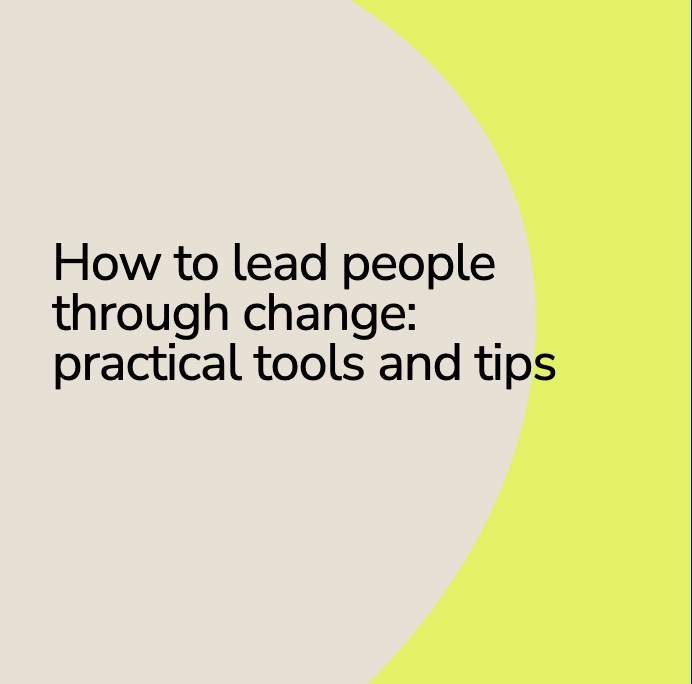
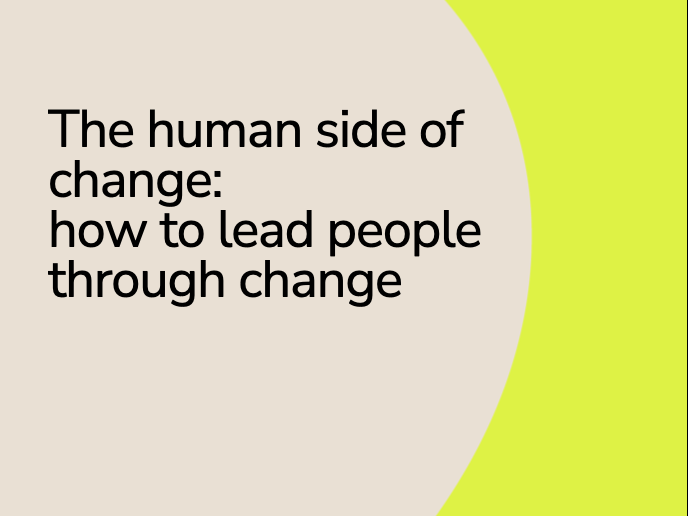




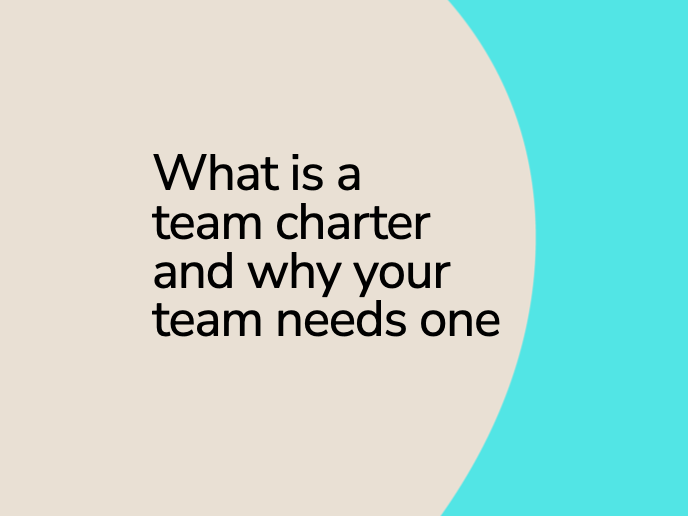
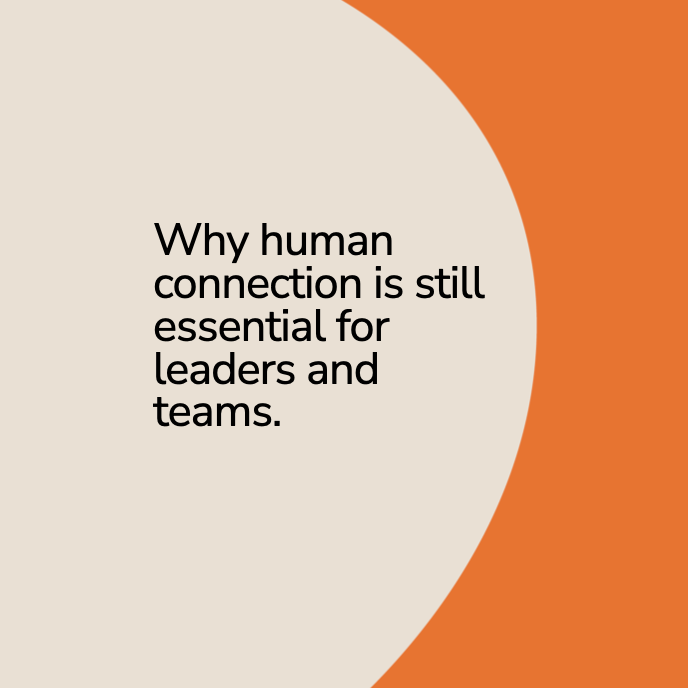
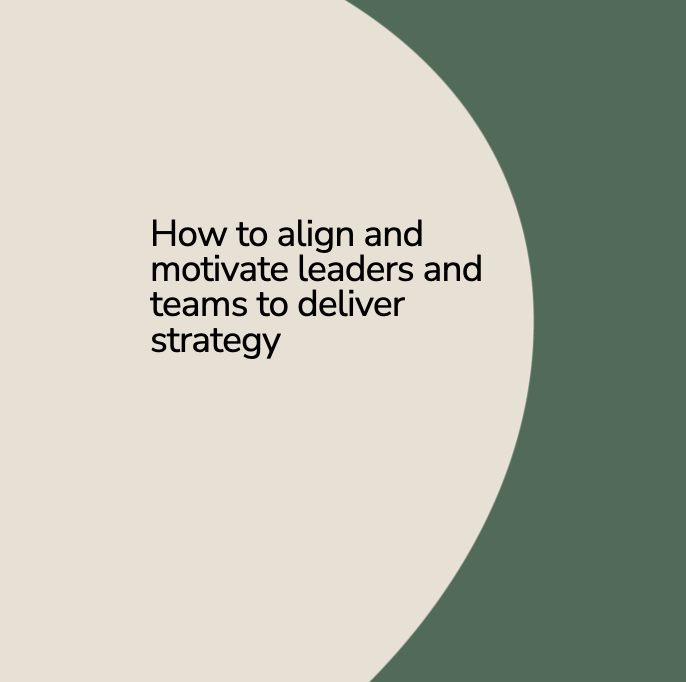
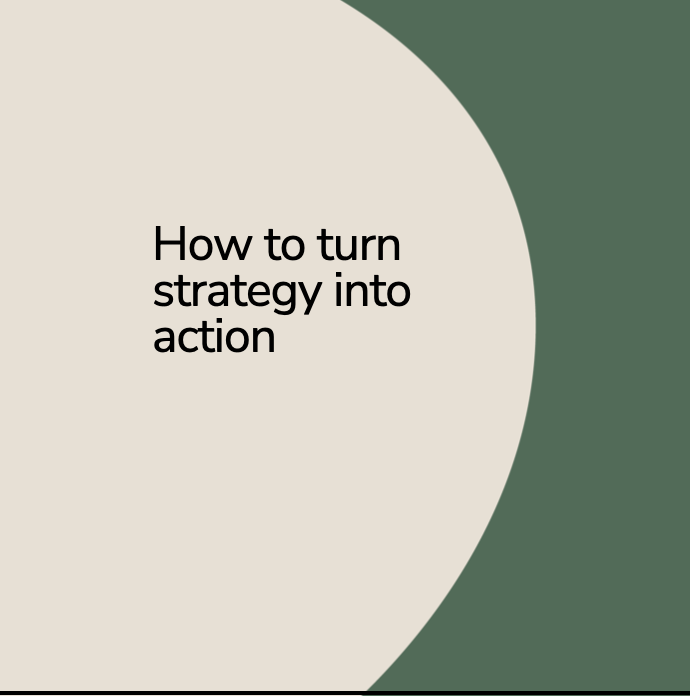
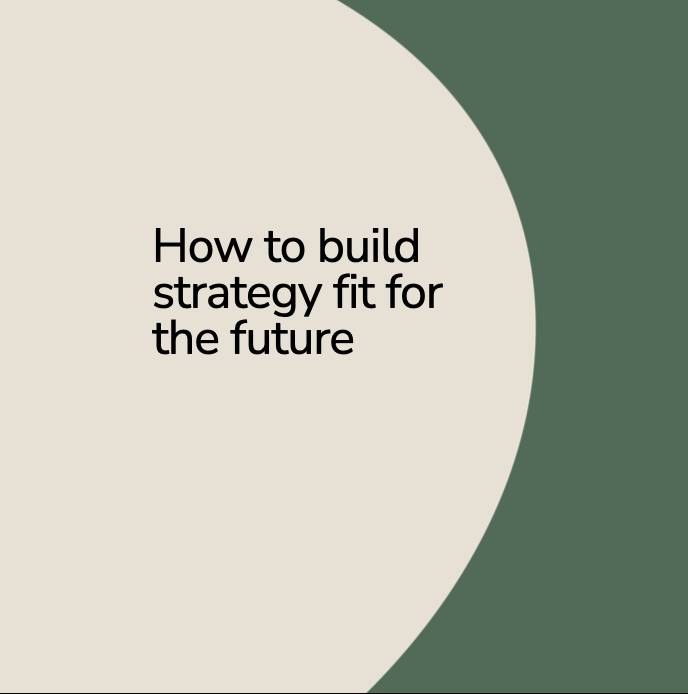
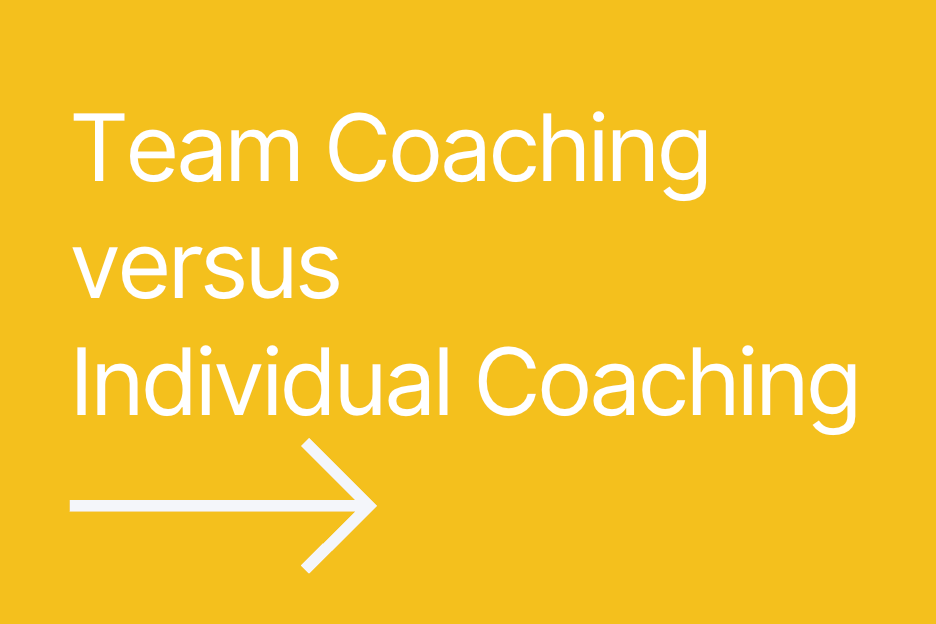

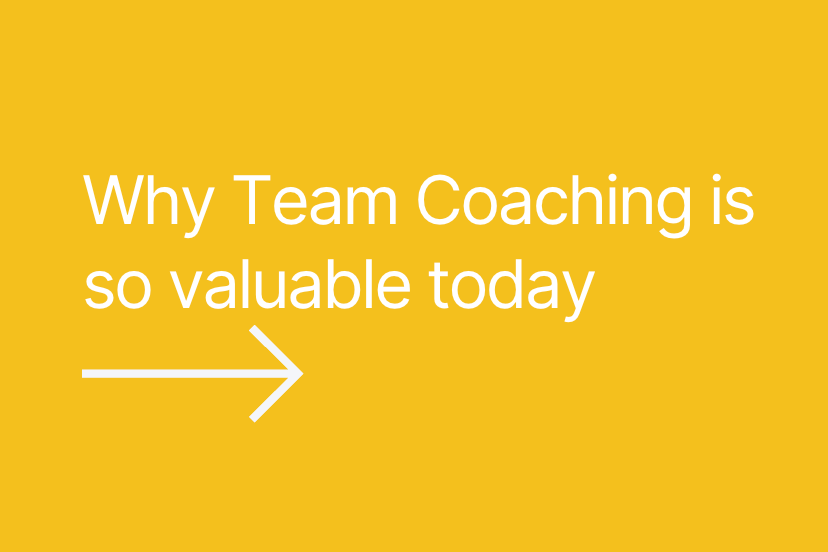



















Stress is inevitable, the world is full of change and uncertainty, and it’s a challenge we all face. As leaders your people’s wellbeing and helping them to manage stress and build resilience, or inner strength, is no longer a tick box exercise, it’s essential.
Read our guide for leaders to support your people and create healthier individuals and also to a stronger, more resilient team.